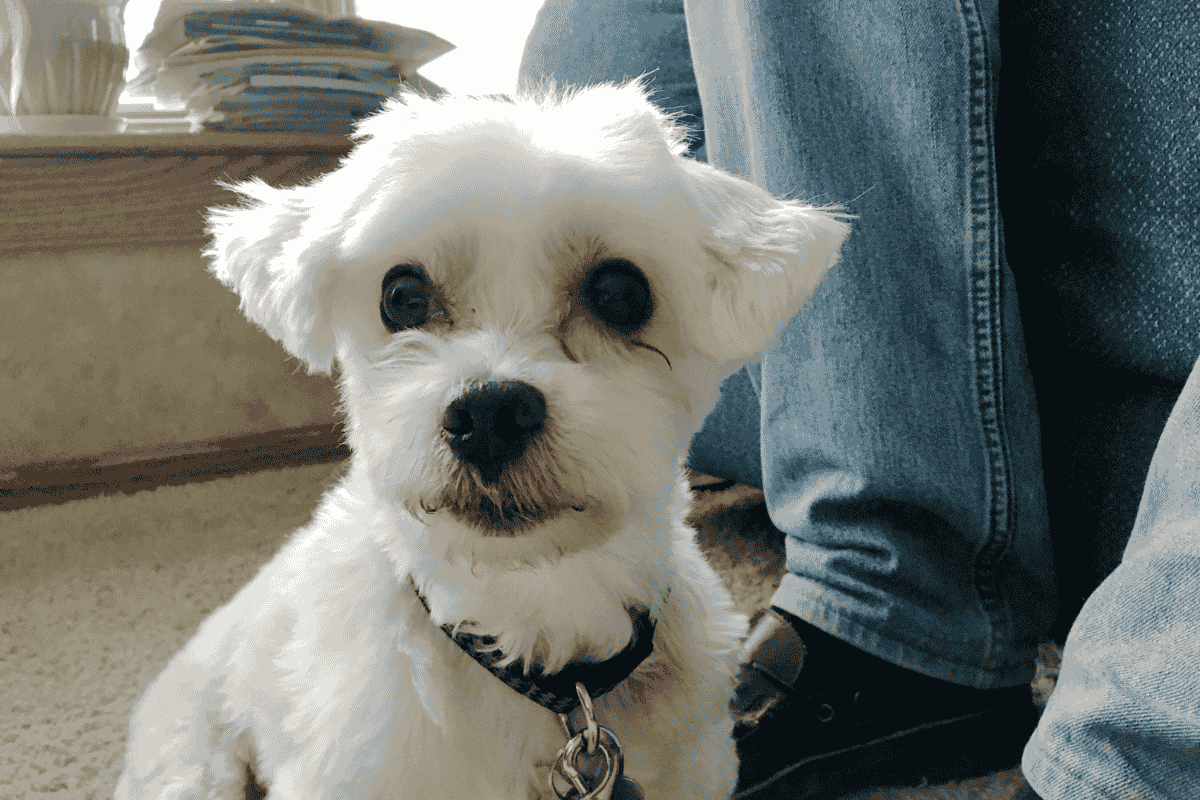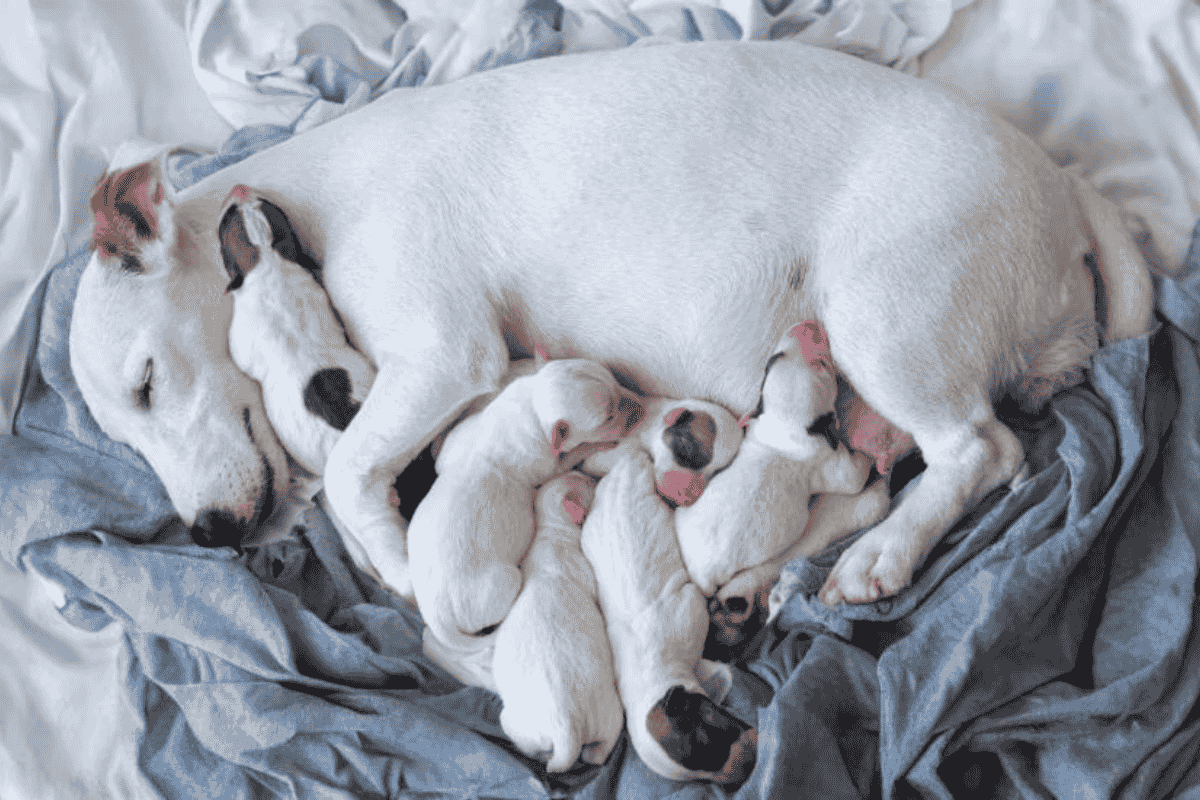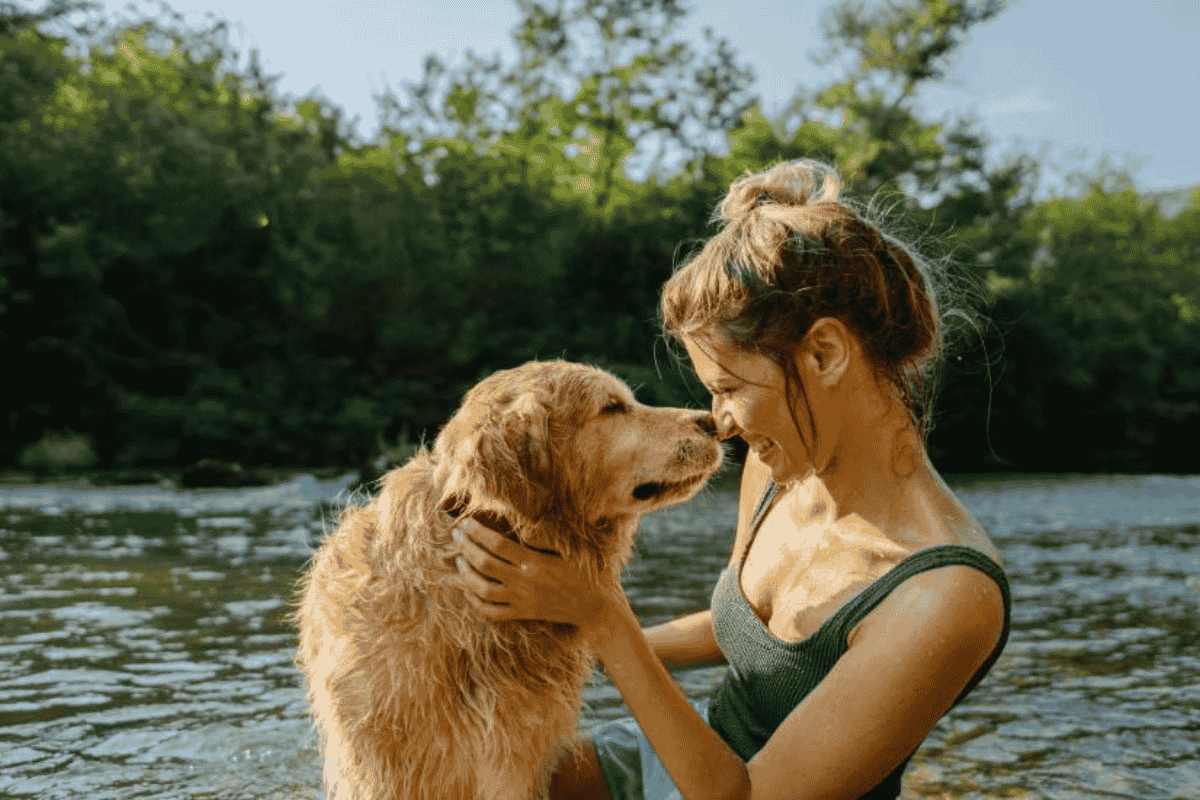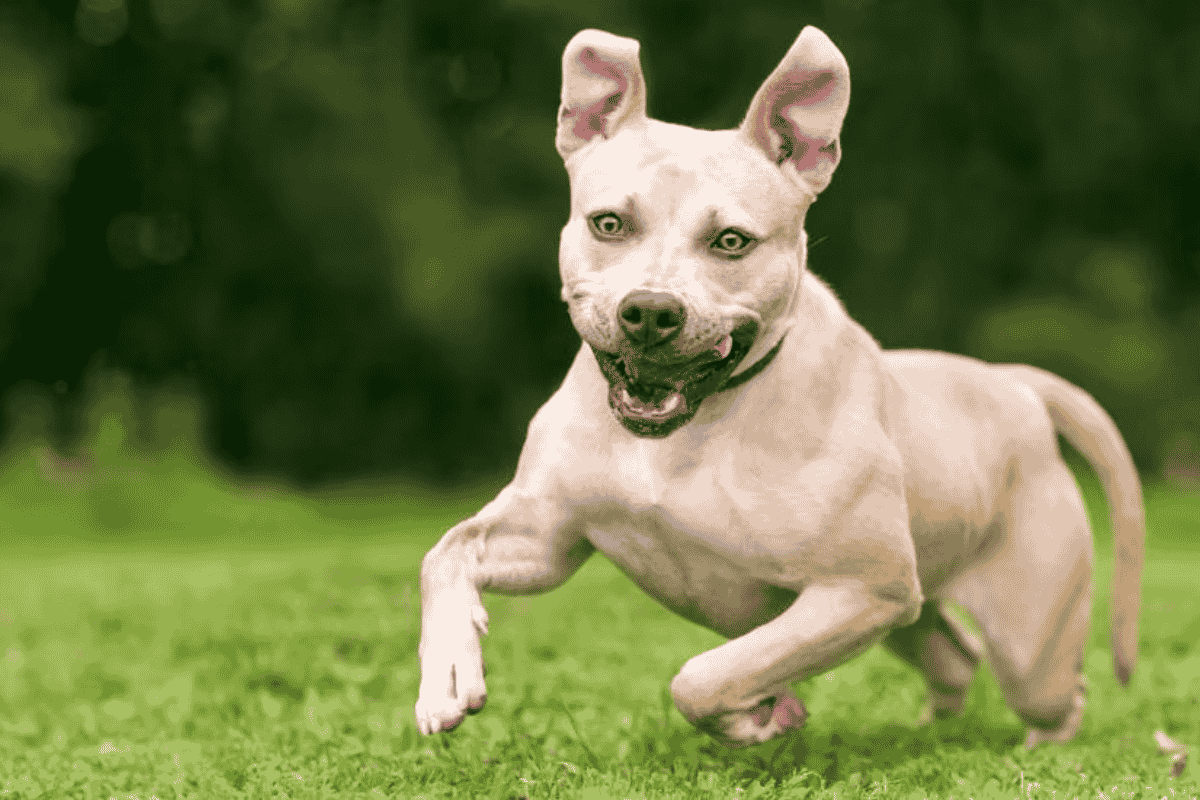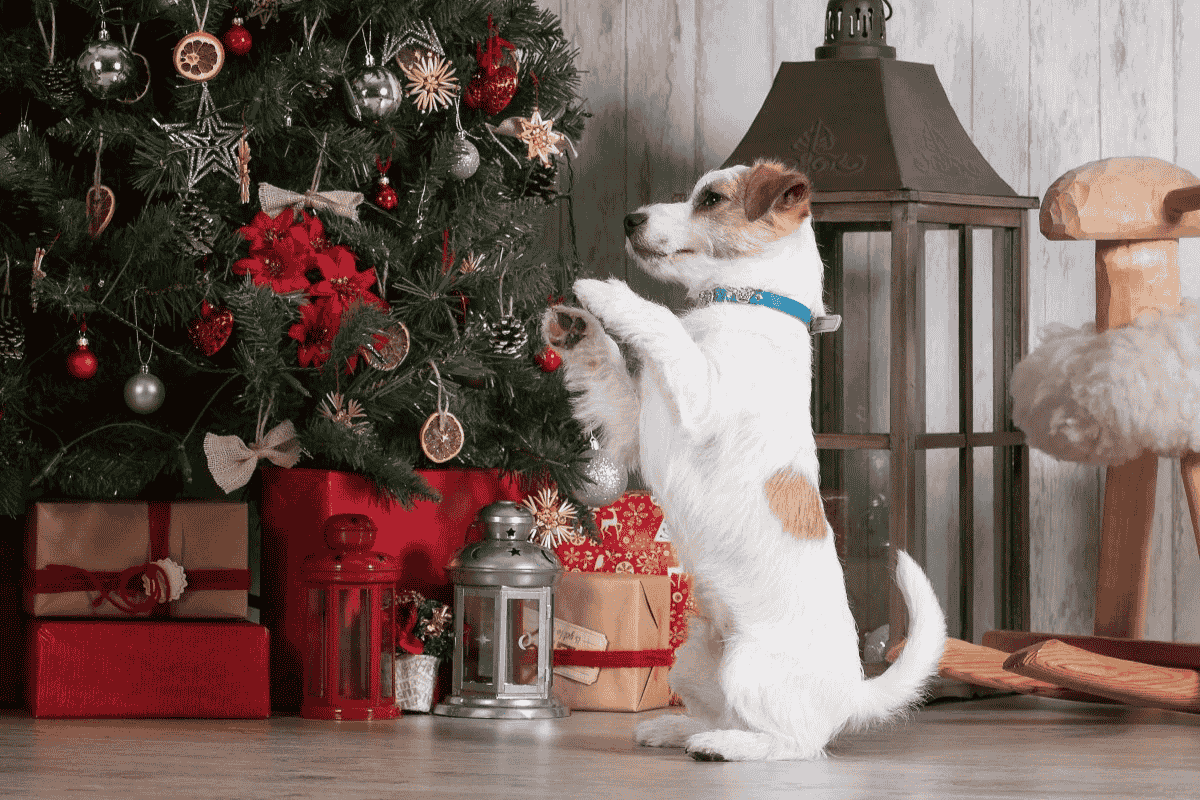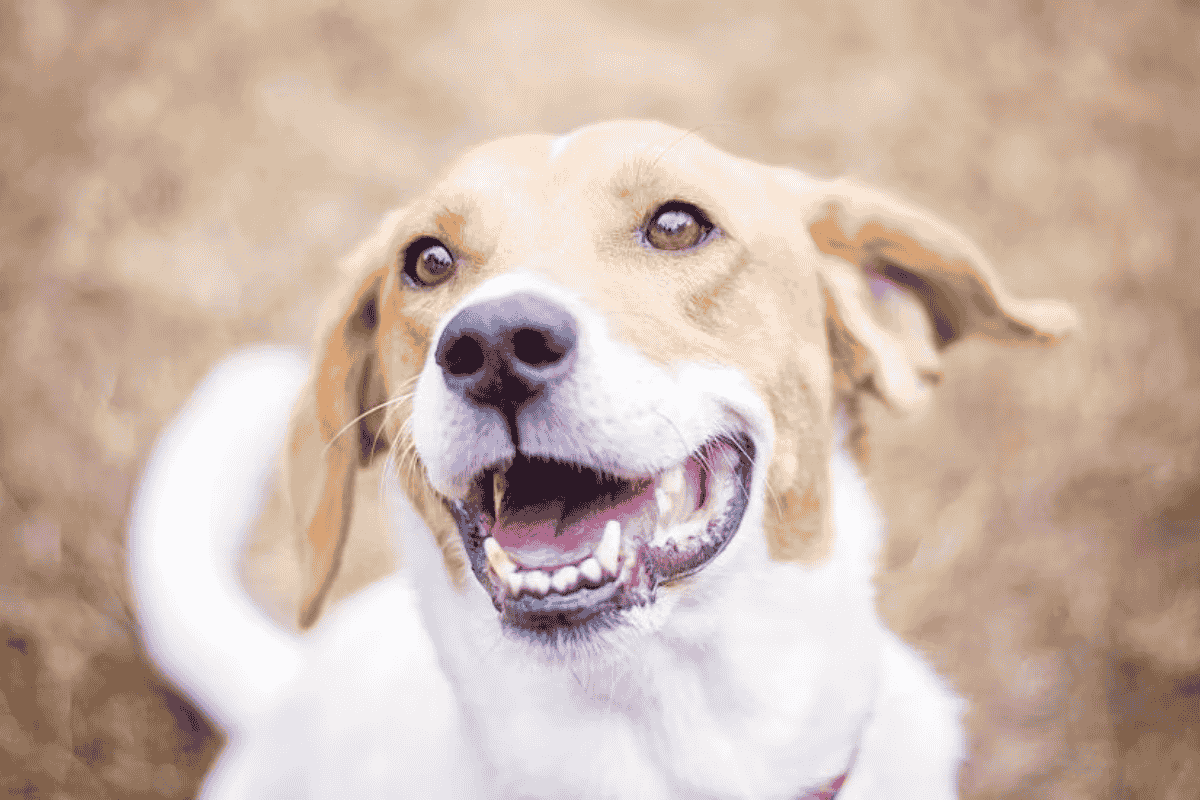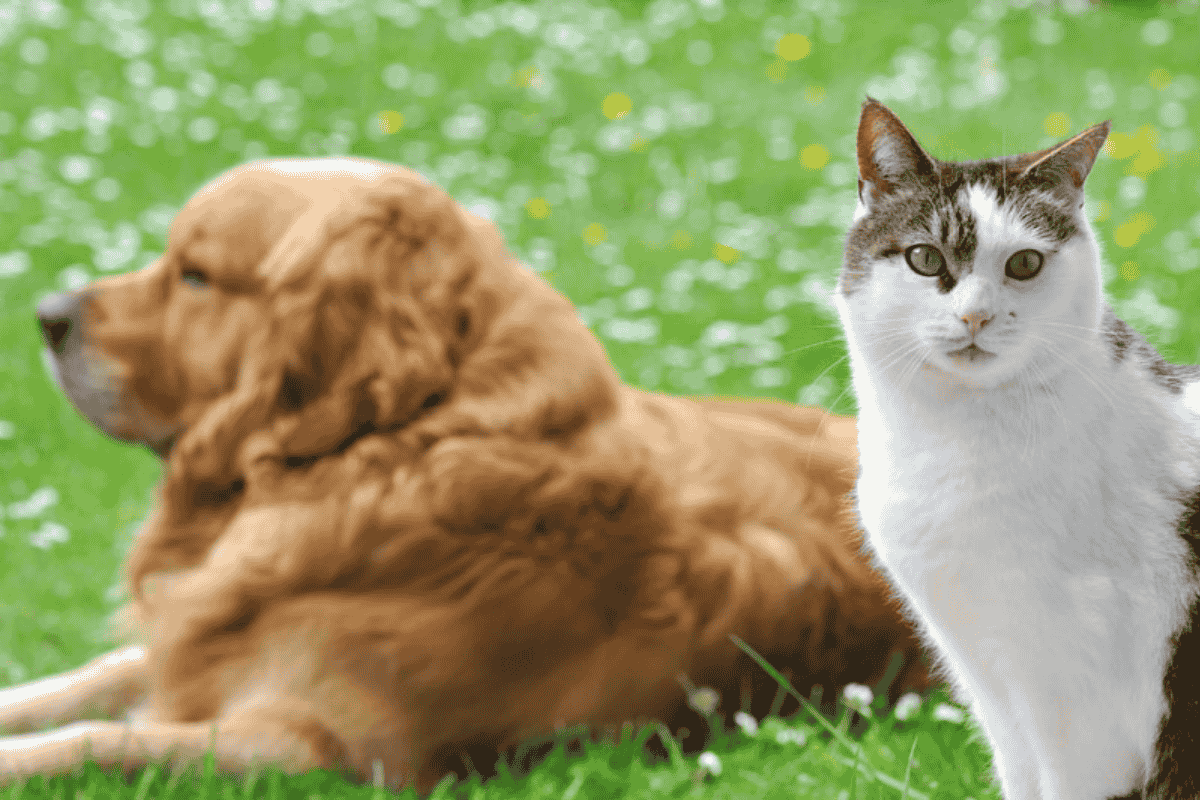Adopting a dog from a puppy mill is a profound act of compassion. These dogs have endured neglect, deprivation, and fear, often spending their lives in cramped cages without love or care.
Bringing one home requires patience and understanding, but the transformation you’ll witness — from fear to trust, from silence to play — can be one of the most rewarding journeys of your life.
Understanding Puppy Mill Dogs
Life in a Puppy Mill
Dogs from puppy mills are raised in harsh, impoverished conditions. They often lack exposure to everyday experiences like toys, play, or positive human contact.
This deprivation affects not only their physical health but also their psychological and social functioning, making them different from dogs raised in loving homes.
Emotional Recovery
- Some dogs make remarkable recoveries, learning to live almost like typical pets.
- Others improve partially but may retain certain fears or struggles throughout life.
- A few may remain emotionally scarred and require ongoing support as special-needs companions.
Adopters must embrace unconditional acceptance, recognizing that healing takes time and may have limits.
Preparing Your Home
Do’s
- Dog-proof your house: Remove hazards, secure cabinets, and protect valuables.
- Provide a crate: Choose between wire (ventilated but exposed) or plastic (more den-like). Line the crate with soft bedding to ease sore paws.
- Gather supplies: Food, treats, collar, leash, harness, ID tag, pee pads, exercise pen, and baby gates.
Don’ts
- Leave objects accessible that can be destroyed or soiled.
- Expect your dog to adapt instantly — patience is key.
The First Days at Home
Creating Safety
Fear governs a rescued puppy mill dog’s life. Provide a safe haven, ideally a quiet room with food, water, and pee pads. Let your dog come out at their own pace.
Gentle Introduction
- Move slowly, avoid loud noises, and minimize startling events.
- Gradually expose them to household sounds (TV, vacuum, conversations).
- Use other dogs as role models; rescued dogs often trust other dogs before people.
Introducing Your Dog to Other Pets
Best Practices
- Begin in a neutral, calm setting.
- Allow dogs to sniff through a barrier before face-to-face contact.
- Supervise closely during the first weeks; keep dogs separated when unsupervised.
- Feed and bed them separately to avoid conflicts.
Building Trust
Steps Toward Trust
- Establish a predictable routine for meals, rest, and outings.
- Associate yourself with good things: food, treats, and calm presence.
- Use gentle hand-feeding and quiet reading to ease fear.
What to Avoid
- Never rush interactions or force contact.
- Avoid punishment, yelling, or dominance techniques.
Touch and Handling
Most puppy mill dogs fear touch due to past neglect. Progress will be slow.
- Let them approach you first.
- Celebrate small steps (like a nose touch) quietly.
- Gradually introduce handling in stages — from light touches to gentle lifting.
Never force physical contact, hug tightly, or make sudden eye contact.
Socialization
Goals
Socialization helps dogs feel safe with humans, other dogs, and everyday experiences (stairs, cars, grooming).
Techniques
- Use desensitization and counterconditioning — pair scary stimuli with positive rewards.
- Encourage interaction with calm, social dogs as role models.
- Tailor the pace and exposure to your dog’s comfort.
House-Training
Puppy mill dogs don’t understand “holding it.” Training requires creativity:
- Begin with pee pads indoors; gradually move them outdoors if possible.
- Reward successes carefully — even praise can frighten some dogs.
- Never scold for accidents; use gentle redirection.
Addressing Common Challenges
Marking
- Neuter males promptly.
- Reduce stress and rivalry triggers.
- Clean thoroughly with enzymatic cleaners.
Poop-Eating (Coprophagia)
- Provide engaging alternatives (treats, toys, sprinkled popcorn outside).
- Ask your vet about dietary additives if needed.
Separation Anxiety
- Use puzzle toys, pheromone diffusers, or calming wraps.
- Follow structured treatment plans — never punish or confine without assessing fear levels.
Leash and Crate Training
Leash Training
- Start with supervised leash-dragging indoors.
- Gradually introduce tension on the leash, always paired with treats.
- For outdoor walks, use both collar and harness to prevent escapes.
Crate Training
- Suitable only for dogs not traumatized by cages.
- Make crates a positive space with food and treats.
- Never use crates as punishment.
Basic Training and Learning Cues
- Use only positive reinforcement (no punishment).
- Recognize limited ability to focus — keep sessions short and stress-free.
- If using a trainer, ensure they understand puppy mill rehabilitation.
Helping Your Dog Progress Safely
Recovery is about gentle exposure:
- Gradually nudge your dog outside their comfort zone without overwhelming them.
- Support them with soothing words, touch, or presence during stressful encounters.
- Think of rehabilitation like PTSD therapy: controlled, supportive exposure, not forced confrontation.
